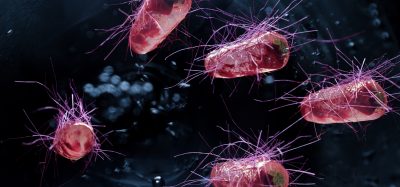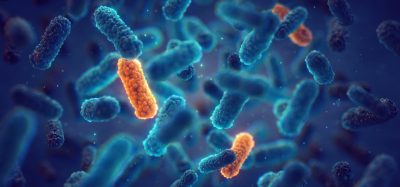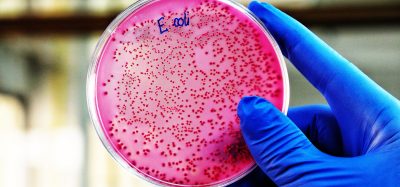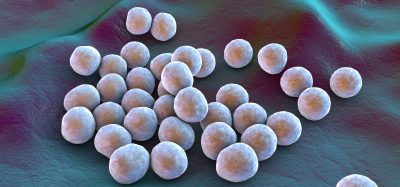Old antibiotic compounds could become tomorrow’s life-saving drugs
Posted: 6 February 2018 | Dr Zara Kassam (Drug Target Review) | No comments yet
Scientists and chemists are re-examining old compounds to see whether they could hold the key to a future drug to combat increasingly resistant bacteria…
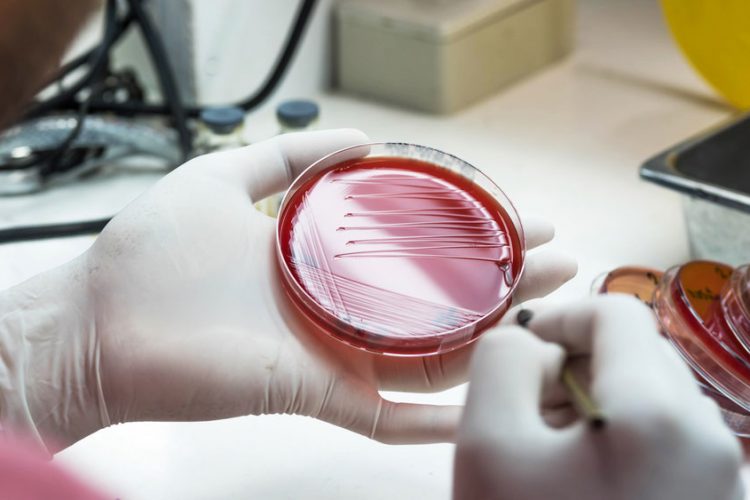

As the fight against drug-resistant infections continues in labs around the world, MRC-funded scientists are looking back in time at previously discarded chemical compounds to see if any could be developed for new antibiotics.
In new research funded by the MRC, University of Leeds biological scientists and chemists are re-examining old compounds and applying advances in science and technology to see whether they could still hold the key to a future drug to combat increasingly resistant bacteria.
There is an urgent need to discover new ways to fight antimicrobial resistance (AMR) and the scientific community is leaving no stone unturned in its search for new antibiotics. This includes revisiting chemical compounds that were once shelved.
Lead researcher Dr Alex O’Neill, from the Antimicrobial Research Centre at the university, said: “We’re showing the value of reviewing compounds previously put on the back of the shelf. Amongst the 3,000 or so antibiotics discovered to date, only a handful have been brought into clinical use. There may be a wealth of compounds out there with untapped potential.”
In the heyday of antibiotic development in the mid-20th century, many different chemical compounds with antibacterial properties were examined, but only a small proportion were selected for development into drugs.
By studying compounds that have already shown antibacterial properties, the scientists say there is scope for a potential fast-track through the challenging early stages of drug discovery.
Dr Jonathan Pearce, Head of Infections and Immunity at the MRC, said: “There is an urgent need to discover new ways to fight antimicrobial resistance (AMR) and the scientific community is leaving no stone unturned in its search for new antibiotics. This includes revisiting chemical compounds that were once shelved.
“Until recently, no new antibiotics had been discovered for 25 years. Dr O’Neill’s research is important: it’s providing another way of looking for potential antibiotics and could hold the key to uncovering options that were overlooked before but may be incredibly useful now.”
The MRC is funding similar projects, including a University of East Anglia study looking at repurposing an antibiotic called bicyclomycin to be used in combination therapy.
Dr O’Neill’s latest research found that a compound identified in the 1940s could now be a realistic contender as the basis of a new antibiotic drug.
A family of compounds, known as actinorhodins, was originally identified as having weak antibiotic properties and was not taken forward for development into a drug.
However, Dr O’Neill said that at the time scientists did not fully differentiate the individual compounds within the family when they examined them, leading to a less than precise picture of their properties.
This prompted his team to divide the family and select a specific compound (g-ACT) for further evaluation, using an array of 21st century approaches to assess its potential and to understand how it works against bacteria.
The team believes the compound is worth serious consideration as the basis for a new drug to combat certain types of bacterial infections.
“g-ACT exhibits potent antibacterial activity against two important representatives of the ESKAPE class of pathogens, which are bacteria that have developed the ability to ‘escape’ the action of existing drugs. A major challenge in tackling the problem of antibiotic resistance is to discover new drugs – our study shows that potentially useful drug candidates can be ‘discovered’ from amongst the antibiotics we already know about.
“The weak activity previous published for the ACT family as a whole probably explains why this group was not further evaluated, and it is intriguing to think that other potentially useful antibiotic groups are languishing in obscurity in academic journals just needing expert review using modern processes and equipment.”
AMR has been called one of the biggest threats to global health.
Each year, the MRC spends approximately £6.5 million on AMR-related research. With decades of work, MRC researchers have pioneered innovations in AMR research from mapping how infections spread, discovering new resistance mechanisms, and identifying new antibacterial compounds.
The next frontier is to usher in a new class of antibiotics to tame superbugs that have steadily built resistance to our current arsenal of therapies, including last-resort options to fight multi-drug resistant bacteria.
The study has been published in the journal, Scientific Reports.
Related topics
Antibiotics, Antimicrobials
Related conditions
Antimicrobial resistance (AMR)
Related organisations
Leeds University, Medical Research Council (MRC), University of East Anglia
Related people
Dr Alex O’Neill, Dr Jonathan Pearce



